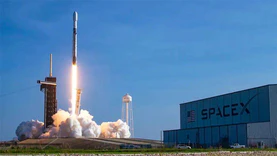At this year's Liaoning Province Aviation Industry Development Conference and Shenyang Faku International Flight Conference, a demonstration of unmanned logistics application scenarios completed by unmanned aerial vehicles and unmanned vehicles, unveiled a corner of the booming development of low altitude economy and low altitude logistics industry.
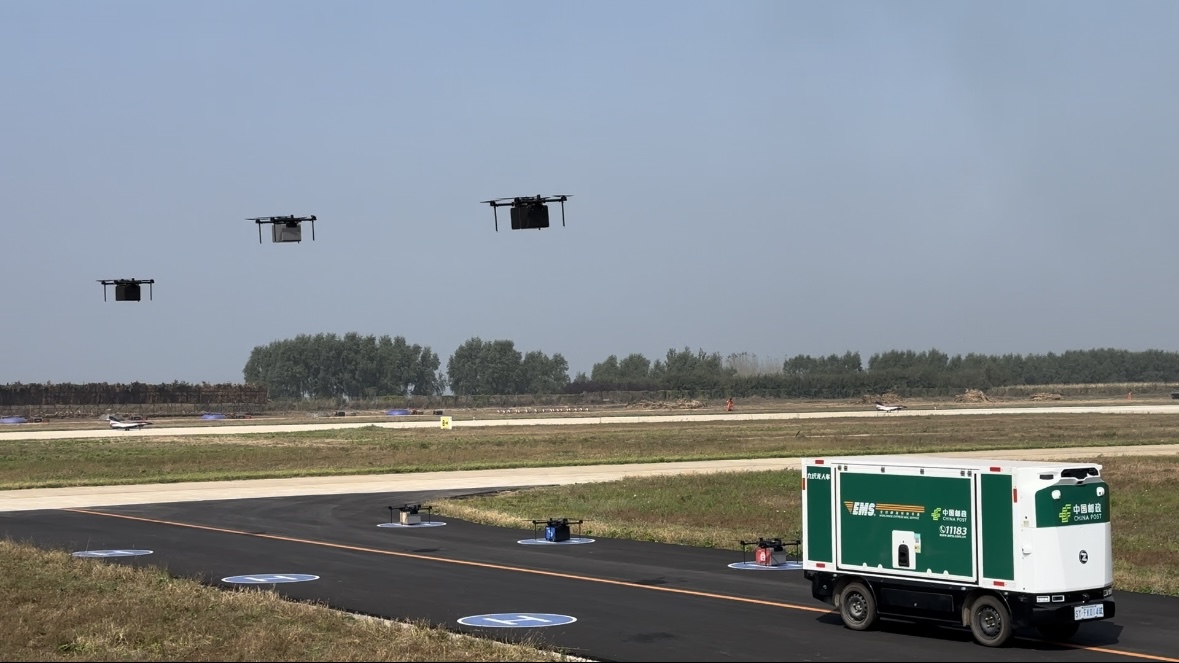
On the apron of Fakucai Lake, six drones with different markings take off according to task priority, accurately responding to different needs such as medical emergencies, fresh supplies, and ordinary packages, simulating a drone logistics system application scenario covering county township village levels. From the distribution center to the village takeoff and landing point, drones have compressed the delivery time from the original 18 minutes to only 6 minutes, increasing efficiency by nearly 40% and reducing costs by 30%. Drones have reshaped logistics efficiency with an "air channel".
So some people cannot help but ask, has low altitude logistics using drones instead of couriers arrived? But in fact, the implementation of low altitude logistics still needs to cross many practical barriers.
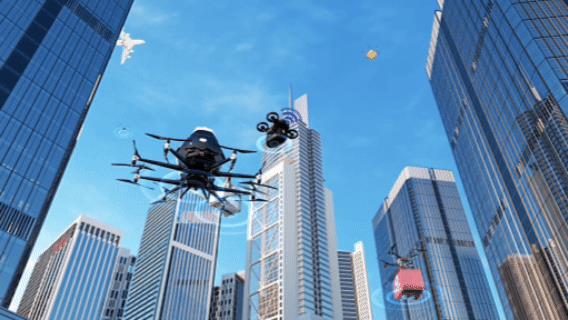
01
From "demonstration" to "operation", the challenges of low altitude logistics
This seemingly simple 'air delivery' actually hides many challenges such as safety, infrastructure, regulatory mechanisms, and airspace management.
The first challenge is the airspace, and the core of low altitude logistics is "flying", but there is still no unified answer nationwide on whether it can fly, where to fly, and when to fly. Although the airspace below 3000 meters has been clearly "gradually opened up", there are still significant differences in local implementation.
Secondly, there is an infrastructure gap in low altitude logistics, which is not a simple combination of drones and cargo containers, but involves a complex system involving multiple aspects. According to data, the communication coverage rate in remote or mountainous areas is less than 30%, and there are almost no low altitude equipment take-off and landing points in most counties. The supporting energy supply system is missing, and it can be said that the infrastructure of low altitude logistics is not yet perfect.
The most crucial challenge lies in regulation. Low altitude logistics involves multiple departments such as civil aviation, transportation, agriculture, and emergency management, but there are difficulties in collaborative management among these departments, requiring a unified spatiotemporal information base for regulatory system reconstruction. At present, low altitude logistics is mostly in the "pilot stage", and regulatory policies are mainly "inclusive". However, as the industry moves towards commercialization, issues such as approval, scheduling, and operation urgently need to be clarified.
If these problems are not solved, low altitude logistics will always be a "niche demonstration" and cannot move towards large-scale operation.
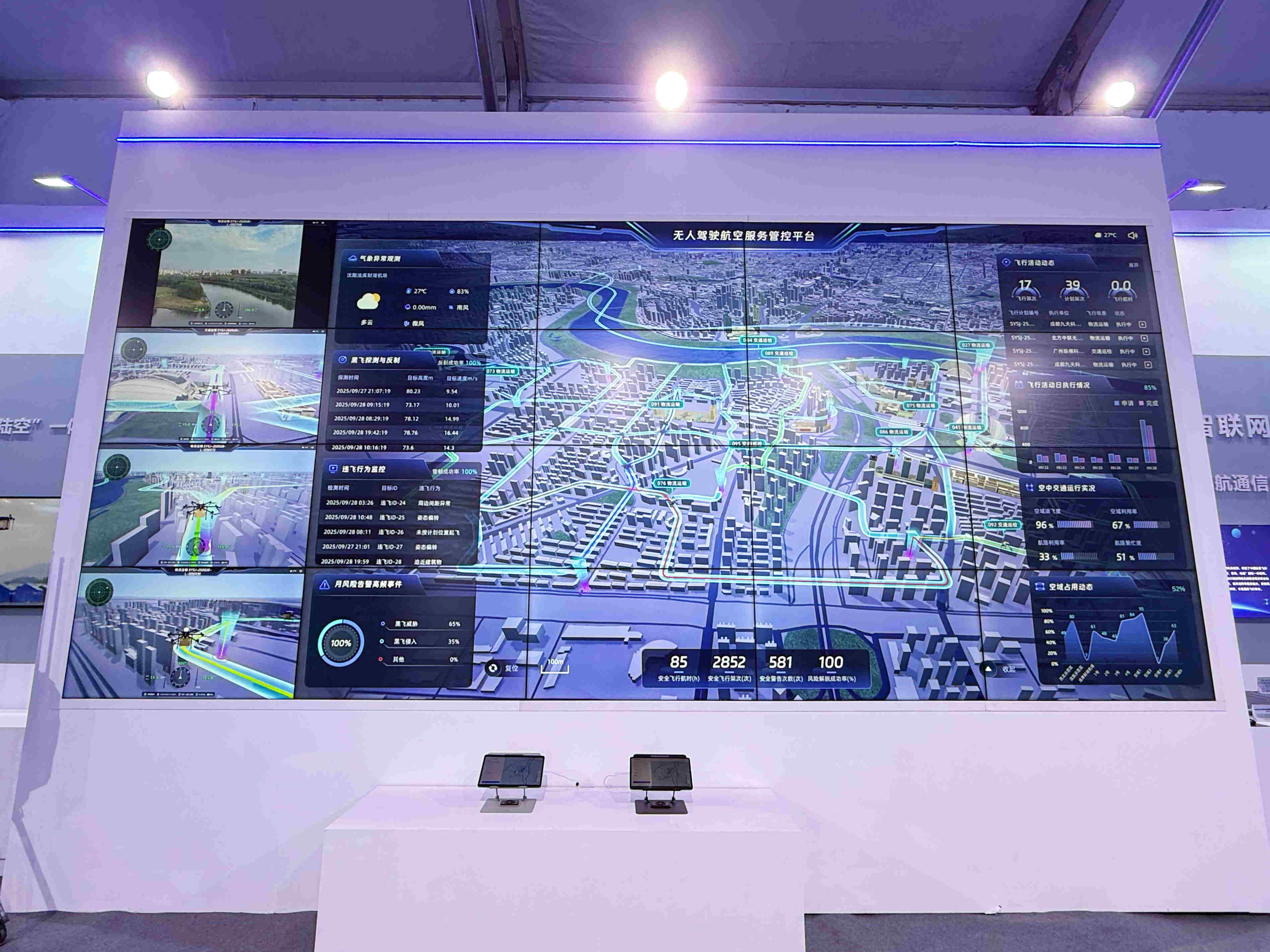
02
"End edge cloud" integrated air traffic control system becomes the key to breaking through the situation
It is precisely because of the triple checkpoint of airspace, infrastructure, and supervision that the solution should not be a "single device", but rather focus on "system cracking". Experts have pointed out that in order for low altitude logistics to "fly", the core is not how far drones can fly, but whether there is a control center like a ground traffic command system.
The key support behind the impressive demonstration of drone logistics at this exhibition is the low altitude air traffic control system of Meixing Ruikong. This system is the core technology challenge of safe flight focused on high-density and heterogeneous by Meixing Ruikong, and has developed and launched a low altitude air traffic management system that integrates software and hardware.
The system is based on an integrated security technology system of "end edge cloud" and builds the technical foundation for low altitude logistics.
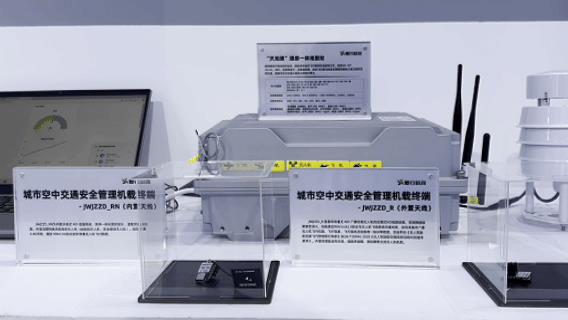
The term 'end' refers to the security management onboard terminal responsible for onboard communication. The terminal can broadcast real-time flight data such as the position, altitude, and attitude of the drone, accurately monitoring the dynamics of the aircraft. And through the exclusive electronic identification of "one machine, one code", we can eliminate identity confusion, "black flying" and other issues from the source, achieve "precision to people, traceable and traceable", making low altitude flight safer and more efficient in supervision.
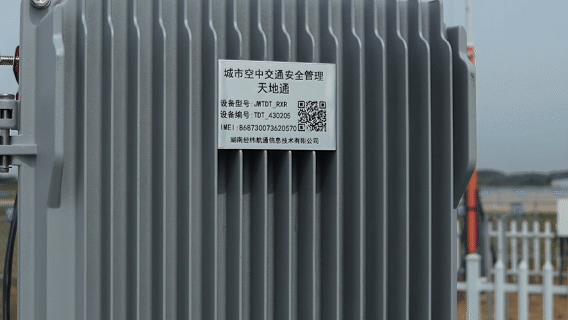
The "edge" represents the ground node equipment with edge computing capability, and is an important supporting force of the low altitude global situational awareness system. Among them, the "Tian Di Tong" ground base station is the core equipment of "Bian", which can achieve real-time monitoring and identity recognition of low altitude aircraft, provide accurate meteorological reference for flight decision-making, and achieve centimeter level aircraft position positioning, building the ground data foundation for low altitude safe operation.
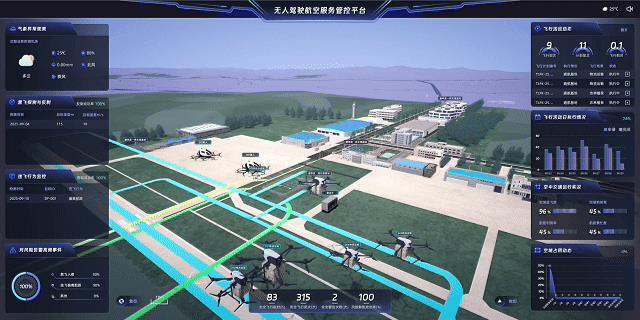
Finally, the urban air traffic control platform that oversees low altitude operation command and dispatch is the "cloud". The platform has scientifically planned a low altitude air route network to establish clear air channels for various flight activities such as logistics distribution and manned transportation, ensuring safe and orderly operation of flight activities.
In addition, the accusation platform also has the ability and role of real-time monitoring, intelligent trajectory planning, emergency dispatch response, etc., truly realizing the systematic technical capabilities to build a solid foundation for low altitude safe flight support.
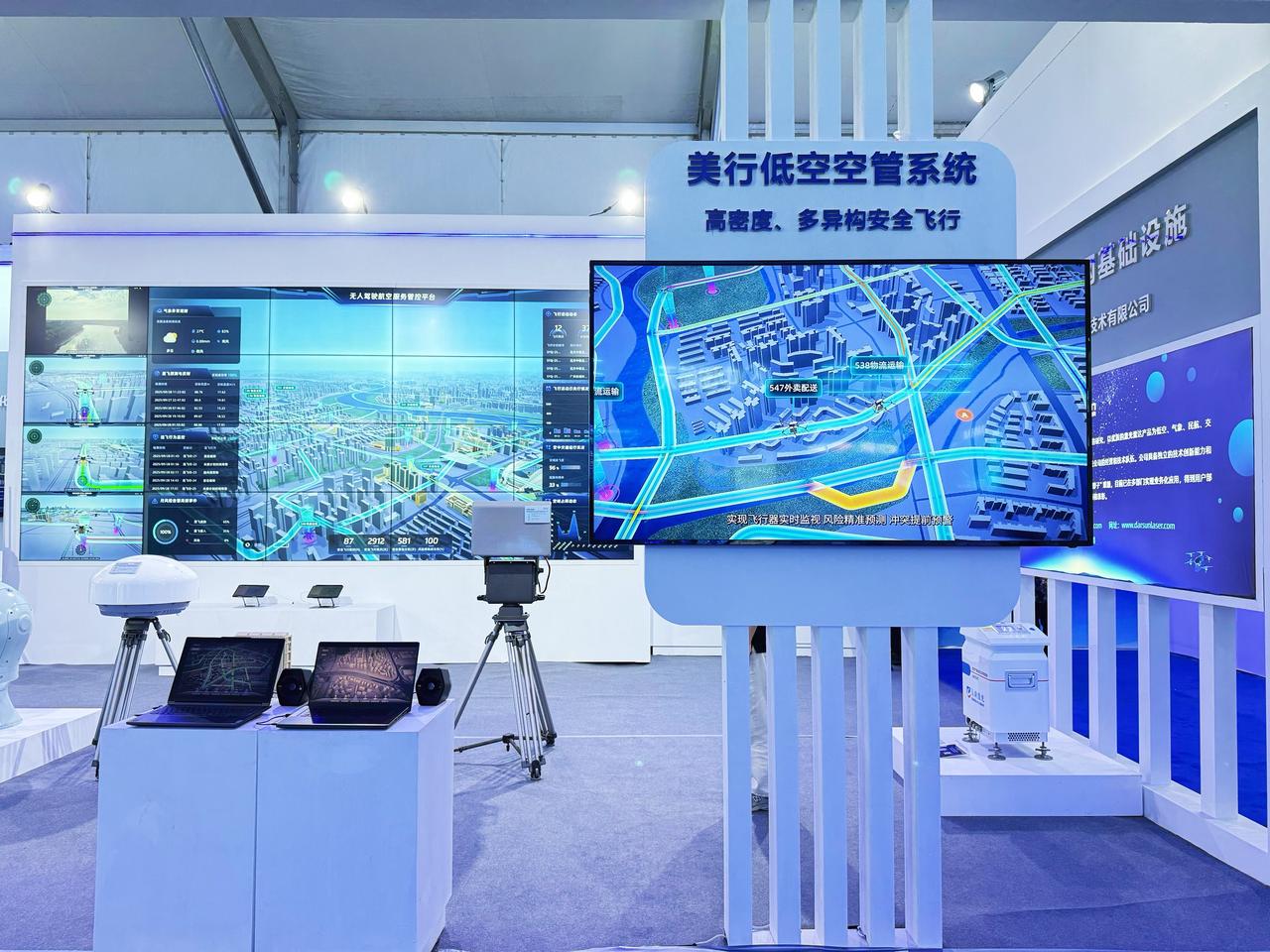
03
Future low altitude economy, challenges of high-density and heterogeneous airspace governance
After solving the fundamental issues of being able to fly and flying safely, the next competitive focus of the low altitude economy will shift towards "high-density, multi scenario" collaborative governance.
In April of this year, the Central Air Traffic Control Commission issued special measures to deploy and strengthen low altitude air traffic control work to the national air traffic control system in five directions: improving the low altitude management system, optimizing airspace resource allocation, and enhancing operational service quality and efficiency. This policy marks a new stage of standardized and large-scale development for China's low altitude economy, which has officially entered from pilot exploration.
In order to better cope with the development trend of high-density flight, Meixing Ruikong has laid out and launched a new generation of future oriented low altitude air traffic control platform in advance to ensure flight safety.
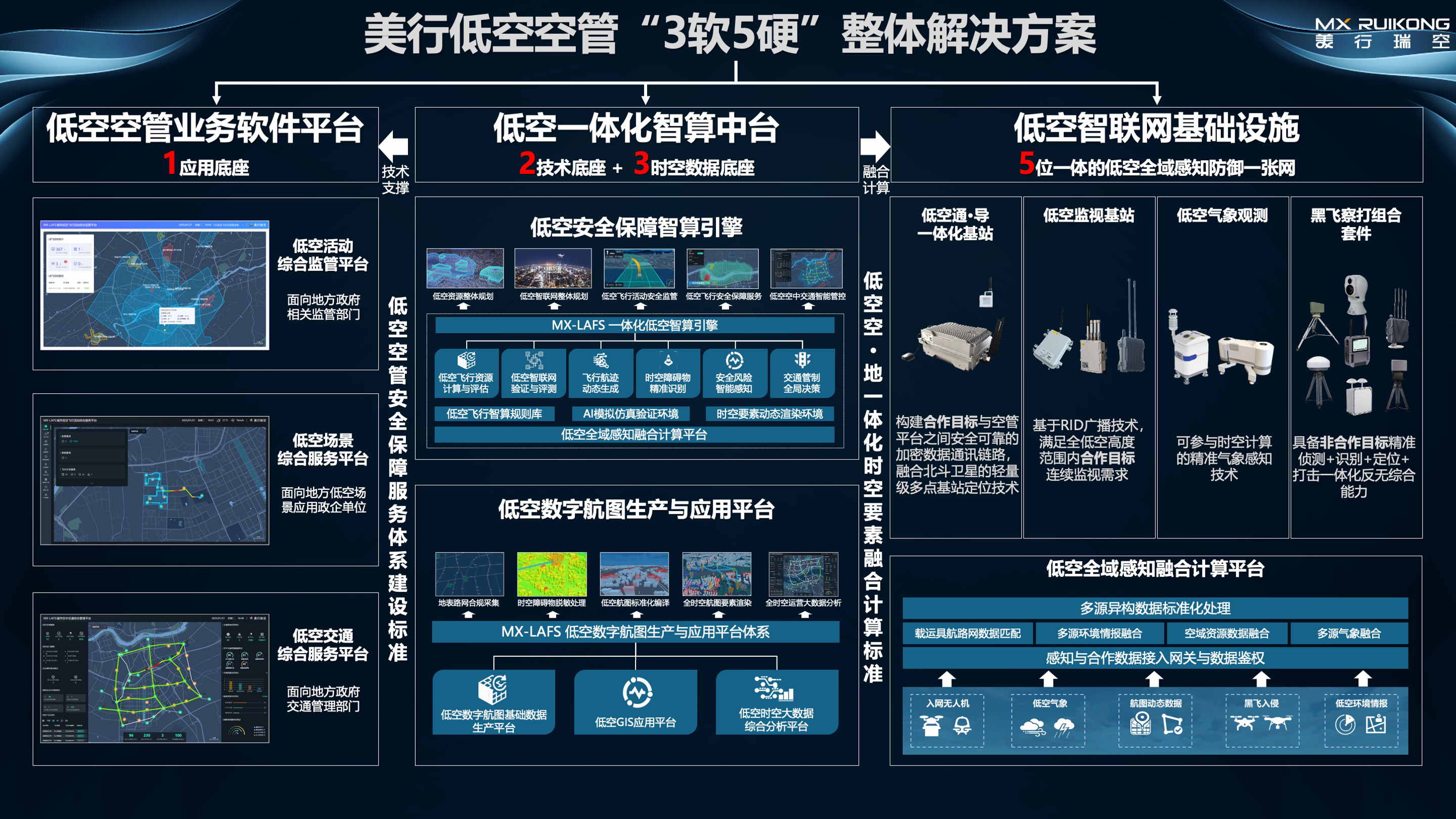
It is reported that the platform system continues the three core software capability frameworks of low altitude flight chart data base, low altitude safety assurance intelligent computing engine, and low altitude air traffic control application software platform, and further develops core technical capabilities such as low altitude intelligent networking system, low altitude chart planning platform, and high-density intelligent scheduling engine. It constructs a low altitude flight activity lifecycle safety management system covering the entire airspace and process, providing more intelligent, efficient, and reliable integrated safety service guarantees for various low altitude flight tasks.
According to the prediction of the Civil Aviation Administration of China, the domestic low altitude economy market size will reach 1.5 trillion yuan by 2025, and is expected to soar to 3.5 trillion yuan by 2035. The underlying logic of this trillion dollar blue ocean competition is actually the efficient operation of large-scale intelligent drones, so the air traffic control platform that serves as the "command center" has become a crucial link.



